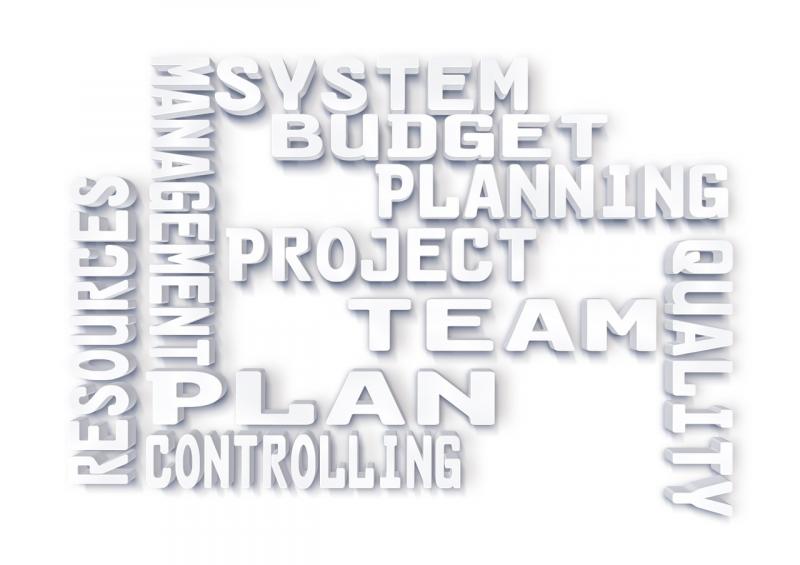
Quality management is overseeing all the activities and tasks needed to maintain the desired level of excellence. In this operation deal with determining the quality policy planning and assurance, implementing and creating quality control, and quality management quality improvement.
Quality management ensures that the organization's product or service is consistent. It consists of four main components such as
- Quality planning
- Quality assurance
- Quality control
- Quality improvement
1. Quality Planning
Quality planning is a process in which you identify the quality standard relevant to the project and deciding how to meet those standards.
2. Quality Improvement
Your purpose is to change the process to improve the outcome's confidence or reliability in quality improvement.
3. Quality Control
In quality control, you make the effort to uphold the process integrity and their ability in achieving an outcome.
4. Quality Assurance
Quality assurance is a systematic, planned action necessary to offer sufficient reliability so that particular service or a product will meet the specific requirement.
The main goal of quality management is not only to focus on a product or service quality and also on the means to achieve it.
Seven Quality Management Principles
There are seven quality management principles given below:
- Customer focus
- Leadership
- Encouragement of people
- Process approach
- Continuous improvement
- Evidence-based approach
- Relationship management
1. Customers focus
The main focus of an organization is to meet the needs and expectations of its customers. Organizations can truly understand and identify the customer's current and future needs. They can deal with the situations more effectively and satisfy the needs of their customers. This will help them to run their business more efficiently and accurately. It will also result in a quality that is higher, and more customers are satisfied.
2. Leadership
Good leadership is a requirement of an organization. It is also essential for an organization's success because a good leader can make decisions better and work for the organizational goals. A good leader develops unity and purpose among the workforce and employees. He manages an environment that fully allows employees to realize their own skills to use for achieving the company's goals.
3. Engagement of people
An employee in an organization plays an essential role in organizational success and development. The management encourages the people in creating and delivering the value, irrespective of the fact that they are whole time or part time, home based or outsourced employees. The administration can motivate them to improve their skills timely. This principle empowers the employees to make decisions and recognize their achievements. The highly motivated and confident people work better than others. It makes them feel empowered and responsible for their actions.
4. Process approach
The performance of an organization depends upon the process of an approach principal. In this principle, the emphasis achieving efficiency and effectiveness of the organizational processes. Due to this approach, the understanding that good production processes result in quick improvement results reduces cost waste removal and continuous improvement. The organization is increased when leaders can manage and control the inputs and then the organization's output.
5. Improvement
If the organization meets up the objective actively, it can move towards continuous improvement. Improvement leads to better performance of organization, flexibility and increases the ability to embrace new opportunities.
6. Evidence based approach
Businesses should adopt evidence-based decision-making. Decision-making is very important, so it should be done on well verified and analyzed data to improve understanding of the workplace. They can perform better to produce the desired result based on the past decision. It is crucial to understand the cause-and-effect relationship between different things based on which products are manufactured.
7. Relationship management
Relationship management is about creating a mutual relationship between suppliers and retailers. The interested investing parties can have a huge impact on company's performance. Their organization should manage the supply chain process and the per model relationship between suppliers and retailers. When both parties' interest is fulfilled, they are likely to achieve business collaboration and success.
Conclusion
When consumers purchase a product they expect the product quality to be as expected and consistent which is achieved through quality management. The only acceptable change is quality improvement and that is also a goal of the same operation.



